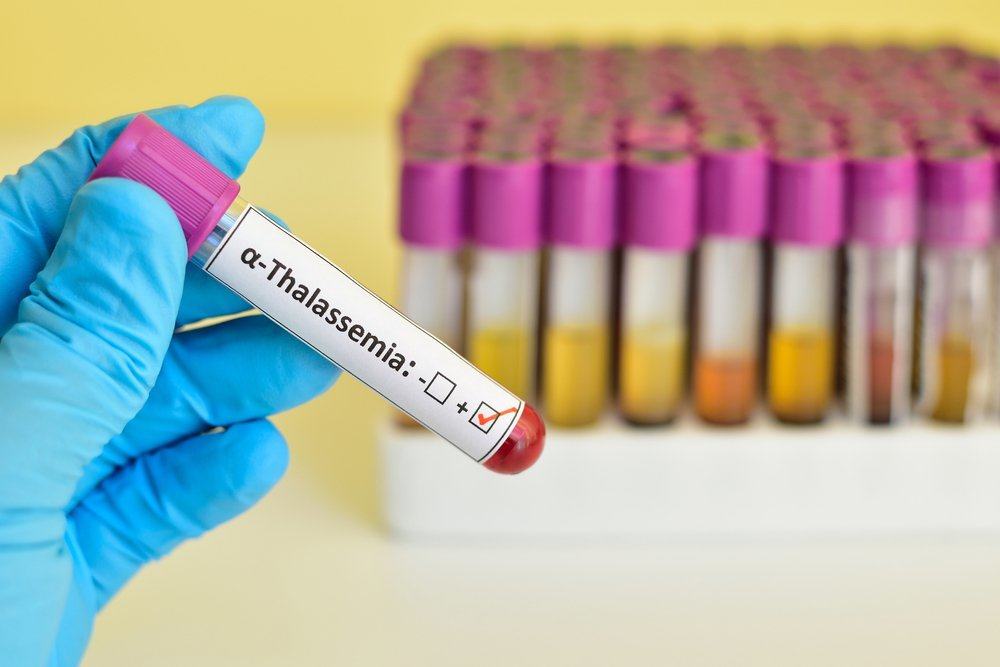Contents:
- Medical Video: Beta Thalassemia | Zayed's Story
- What can be shown through blood test results?
- Prenatal test
- Assisted Reproductive Technology (ART)
- How long does it take before the test results come out?
- Is there anything else I need to know?
Medical Video: Beta Thalassemia | Zayed's Story
The doctor will diagnose thalassemia through a blood test, including complete blood count (CBC) and some special hemoglobin tests.
- CBC measures the amount of hemoglobin and various types of blood cells, such as red blood cells, through samples. People who have thalassemia have less red blood cells and hemoglobin in their blood. People who have alpha or beta thalassemia trait may have red blood cells that are smaller than normal.
- The hemoglobin test measures the type of hemoglobin in a blood sample. People who have thalassemia have problems with alpha or beta globin protein chains.
Most children with moderate to severe thalassemia show signs and symptoms at the age of 2 years. If the child is suspected of having thalassemia, the doctor will make a diagnosis through a blood test for more accurate results.
What can be shown through blood test results?
If your child has thalassemia, a blood test can show:
- Low level of red blood cells
- The size of red blood cells is smaller than normal
- Pale red blood cells
- Red blood cells vary in size and shape
- Red blood cells with an uneven, shaped hemoglobin distribution bull’s-eye under a microscope
Blood tests can also be used to:
- Measuring the amount of iron in a child's blood
- Check the child's hemoglobin
- Run a DNA analysis to diagnose thalassemia. DNA analysis is also used to determine whether a person carries a mutated hemoglobin gene or not.
Prenatal test
Tests for diagnosing thalassemia can be done before the baby is born. The tests used to diagnose thalassemia in the fetus include:
- Chorionic villus sampling. This test is usually done around the 11th week of pregnancy by taking a small piece of the placenta to study.
- Amniocentesis. This test is usually done around the 16th week of pregnancy by taking a sample of fluid that surrounds the fetus.
Assisted Reproductive Technology (ART)
ART combines pre-implantation genetic diagnosis with in vitro fertilization. This method can help parents who have thalassemia or defective hemoglobin gene carriers to give birth to healthy babies. The ART procedure begins by combining the prospective mother's mature eggs with the spouse of the prospective father on a special plate in the laboratory. The embryo will be tested to avoid damaged genes, and only embryos that escape genetic defects will be planted in the mother's womb.
How long does it take before the test results come out?
This depends on the testing method and the laboratory conducting the evaluation. This test requires special equipment and not all laboratories serve tests. Your sample can be sent to the referral laboratory, so that the results may come out after a few days.
Is there anything else I need to know?
Blood transfusions can interfere with the examination of hemoglobinopathy. You are recommended to wait several months after transfusion before undergoing a hemoglobin examination. But for patients with sickle cell disease, testing can be done after transfusion to determine whether normal hemoglobin is sufficient to be given to reduce the risk of damage from sickle cell red blood cells.












